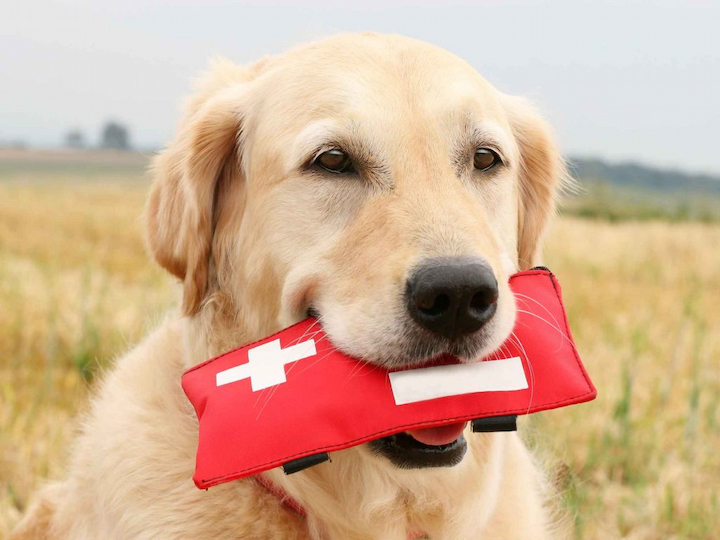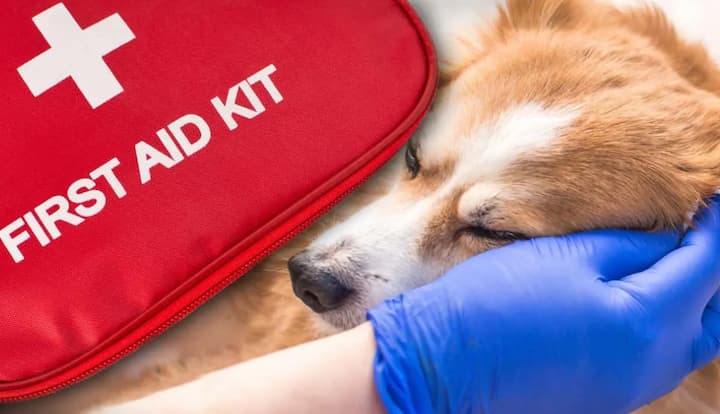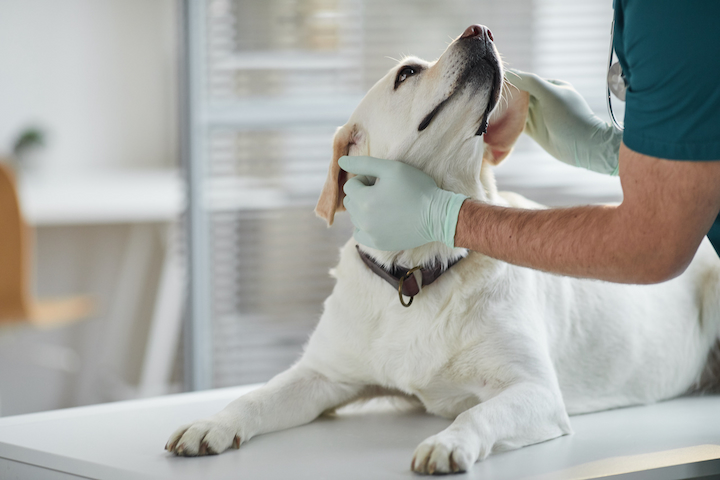Pet First Aid Kit 101: Everything You Need to Keep Your Furry Friend Safe
Anyone who’s ever owned a pet knows just how quickly mischief can turn into mayhem. One minute your pup is bouncing around the garden; the next, they’ve stepped on something sharp. Or perhaps your curious cat has discovered a questionable snack from under the sofa. Accidents happen in a flash, and when they do, being prepared can make all the difference. That’s why every responsible pet owner should have a pet first aid kit at the ready, because your furry friend’s health is too precious to leave to chance.
What Should Go in a Pet Aid Kit?

Having the right supplies for pet first aid makes all the difference. Whether you’re dealing with a minor cut during grooming at home or an unexpected allergic reaction, these tools can help you manage the situation calmly until professional help is available.
1.Gauze and Bandages
These are your go-to items for controlling bleeding and covering wounds. Gauze pads can be used to apply pressure or create makeshift dressings, while bandages help secure everything in place without sticking to fur.
2.Wipes and Styptic Powder
Wipes are perfect for cleaning minor cuts and removing dirt or debris, while styptic powder is essential for stopping bleeding from trimmed nails that went a little too short. These are especially handy for dog and cat owners who do their own grooming.
3.Sterile Eye-Wash
Dust, grass seeds, or irritants can cause eye discomfort. A bottle of sterile eye-wash is a gentle and safe way to flush out foreign matter without causing harm.
4.Gloves and Scissors
Non-latex gloves are a must for hygiene, both yours and your pet’s. They protect open wounds from contamination and keep you safe too. Scissors (with blunt tips) come in handy for trimming fur around wounds or cutting bandages to size.
5.Hydrogen Peroxide
Used only under veterinary guidance, hydrogen peroxide can be administered to induce vomiting if your pet ingests something toxic. Keep in mind: never use it unless a vet has told you to.
6.Vet-Approved Pain Relievers
Some over-the-counter medications for humans can be harmful to pets. Always consult your vet and include only vet-approved pain relievers in your kit, clearly labelled with dosage instructions.
7.Antibiotic Ointment or Spray
Minor cuts and scrapes need to be kept clean and protected. A pet-safe antibiotic ointment or spray helps prevent infection and soothes irritated skin.
With these essentials, your first aid kit will be ready to handle common mishaps and keep your companion comfortable until you can reach your vet.
Assembling and Maintaining Your Kit

Creating a comprehensive first aid kit doesn’t have to be complicated, but a little organisation goes a long way.
Store It Smart
Keep your kit in a dry, easily accessible place, ideally somewhere central in the home. If you travel often with your pet, a smaller, portable version is a smart idea for the car or travel bag.
Check Expiration Dates
Supplies like ointments, medications, and hydrogen peroxide can expire or lose their effectiveness over time. Set a reminder every six months to check and replace anything out of date.
Customise for Your Pet
A dog’s needs may differ from a cat’s, and significantly from those of a rabbit or reptile. For instance, long-haired breeds might benefit from a dematting tool, while adventure-loving dogs might need paw balm. Tailor your kit to your pet’s species, breed, lifestyle, and medical history.
Include Instructions
It’s one thing to have all the tools, but knowing how to use them is another. Print out a basic first aid guide and include it in the kit. It could make all the difference in a high-stress moment.
When to Use the Kit and When to Call the Vet

While your pet first aid supplies can be lifesaving in a pinch, they’re not a replacement for professional veterinary care.
Use the Kit When:
- Your pet has a minor cut, scratch, or insect bite
- You need to remove a tick or splinter
- They’ve torn a nail or scraped a paw
- You need to clean a small wound
- You’re travelling and need quick access to essential care items
Call the Vet Immediately If:
- There’s heavy bleeding or a deep wound
- Your pet is vomiting or having diarrhoea continuously
- They’ve ingested a toxic substance (even if you’re using hydrogen peroxide)
- There are signs of heatstroke, seizures, or broken bones
- Your pet appears lethargic, unresponsive, or in severe pain
The rule of thumb? If you’re unsure, always err on the side of caution. Your pet aid kit is there to stabilise, not substitute, medical care.
Conclusion
Having a pet first aid kit isn’t just about ticking boxes, it’s about being the kind of pet parent your animal can count on when it matters most. Whether it’s a scraped paw after an enthusiastic run through the park or an unexpected allergic reaction, your quick thinking and prepared kit can ease pain, prevent complications, and even save lives.
So take an afternoon, gather your supplies, and create a kit tailored to your pet’s needs. Keep it stocked, stored, and up to date. After all, your furry friend depends on you, and with the right tools, you’ll be ready for anything life throws your way.
